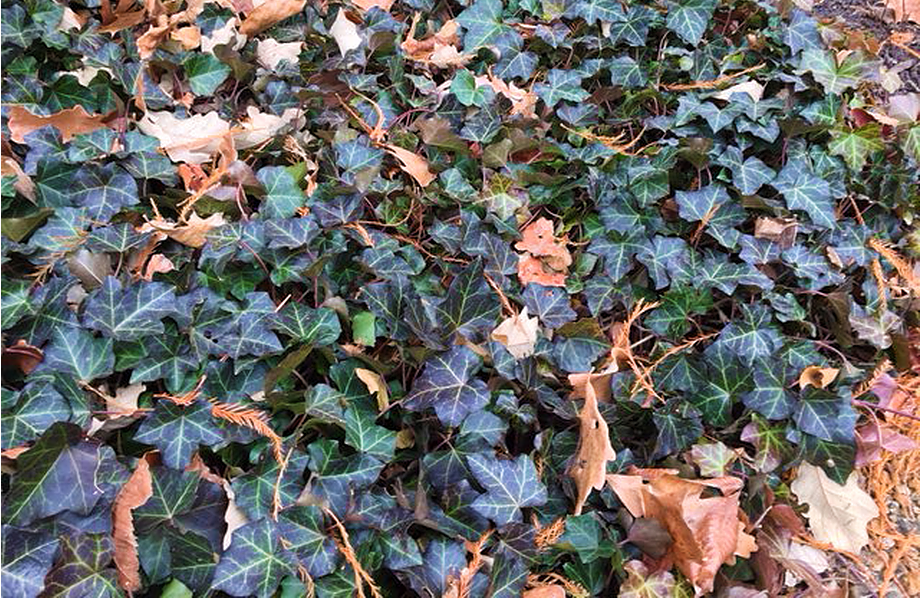
Making Mulch Magic
You’re feeling good about your choice of a live Christmas tree. While it was growing at the tree farm, it produced oxygen, reduced carbon dioxide, provided habitat for birds, insects, wildlife, and lessened erosion. It also met its ultimate reason for being by serving as the beautiful focal point for your holiday. Want to get one more use from your cut Christmas tree? Why not make mulch magic with it!
No, I realize you don’t have a brush chipper sitting in the garage. I’m suggesting you cut off the branches at the point where they connect with the trunk. Yep, I find the branches are one of the best winter mulches ever for perennials and ground cover, too.

What makes these evergreen branches such dandy protection? The purpose of a winter mulch is what? It’s to keep the ground frozen throughout the dormant period, preventing the soil around your plants from alternating between freeze and thaw cycles. This is an appropriate time to praise snow. Gardeners know a winter-long blanket of snow is the best insulator you could ever hope to find for plant protection!
In those winters where we have little or no snow cover and wildly fluctuating temps (hello climate change) perennials with shallow root systems can heave. By that I mean the root balls start pulling out of the ground. Roots above ground can be cold temp-damaged and result in perennials that are weakened or worse, dead, come spring!
I love evergreen branches/boughs as mulch because they shade the soil (snow or not) and keep it frozen even during prolonged warm periods. I know a lot of people are big boosters of shredded tree leaves for their perennial bed mulch. Me, not so much. I think you run the risk of keeping the plant crowns (where stems meet roots at the soil line) soggy wet. A lot of perennials have fleshy crowns. Keep those plants wet all winter by burying them in leaves and you may have dead plants.
Evergreen branches placed over the top of perennials not only shade the soil, but allow air circulation around the crown. One layer or two, your call, but a smart winter garden activity! A few perennial candidates that come to mind for a bough blanket: Coral bells, Hellebores, Candytuft, Bergenia, or anything vaguely winter-tender.

Why would anyone ever mulch ground cover? Many years ago we had a bitter Chicago winter where the temps dropped and stayed well below zero for days and days, but snow cover was nonexistent. The combination of sun, rock hard, dry soil and winter wind combined to produce a 1-2 punch that killed huge beds of ‘Thorndale’ English ivy. For that reason if someone has a big bed of ivy exposed to the deadly duo of winter sun and wind even a single layer of evergreen boughs could be life-saving, or at the very least winter-burn prevention.

As I write this I realize bough mulching might be a good idea, too, for beds or borders adjacent to streets and roads that get salt spray from traffic. The considerable needles on a double layer of evergreen boughs would act as a shield capturing a lot of salt before it reaches the ground. This could reduce potential salt damage next year, important even if these beds are to be populated by annuals.
If I may, a word of caution to gardeners planning a commando raid to harvest the bounty of neighbors’ trees awaiting pickup and disposal. Think twice about doing it in daylight hours. Edward Scissorhands makes a more entertaining movie than the sight of adults cruising the ‘hood with loppers and a wagon-load of boughs. Ho-ho-ho!
